Finding Your Garden Zone, Spring Raised Beds Planting, and Ryobi Tiller

Every year in March and April we get a few weeks of beautiful weather in Oregon.
So this month marks the official start of a fresh gardening season in our backyard! Yeah!
My heart is so warm toward the purposeful stride of my husband as he works our humble garden raised beds, 16 beds now, on our city lot here in southern Oregon.
But before I get started, I want to share with you the easiest place to find the garden zone where you live! Gardeners need a way to compare their garden climates with the climate where a plant is known to grow well. That’s why climate zone maps were created. Zone maps are tools that show where various permanent landscape plants can adapt.
This is the most important aspect of gardening, and you must be acquainted with it before you read blogs and magazines, and you pine over those gorgeous garden pictures and posts! It’s a must that you know the details of your soil and weather, the critical climate information.
The USDA Hardiness Zone Map divides North America into 11 separate zones; each zone is 10°F warmer (or colder) in an average winter than the adjacent zone.
How to find your gardening zone
1. Go to the National Gardening Association website.
2. Plug in your zip code. Click GO.
3. You will find the zone you live in.
Once you get your gardening zones established, you can move forward with planting a garden!
We are a Zone 7B.
I can’t help but think back to 8 years ago when our yard looked like this. One of the first things we did, before we built our raised beds, was build our own $5 Compost Bin which was made from FREE pallets from our local Grange Co-Op.
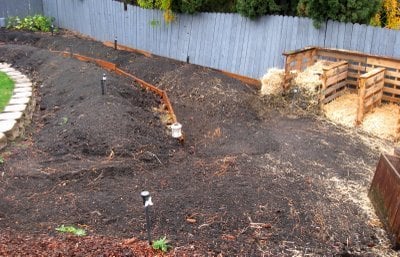
We also brought in amended organic Rogue Fine Compost from our local disposal and recycling company. If you live in my town, please look in to this. It’s tested and approved for organic gardening!
As soon as we start the planting process, WOW does our backyard garden area gets cluttered and dirty!
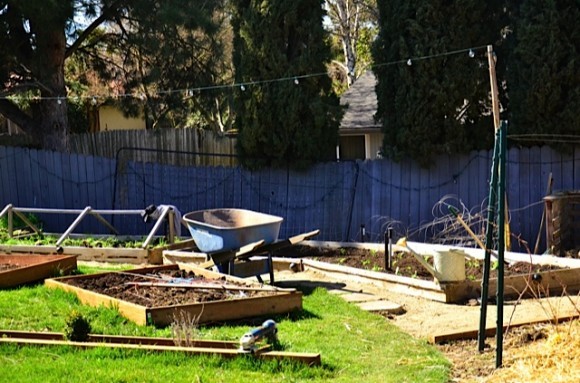
But by the end of the evening, we whip it back into shape. :)
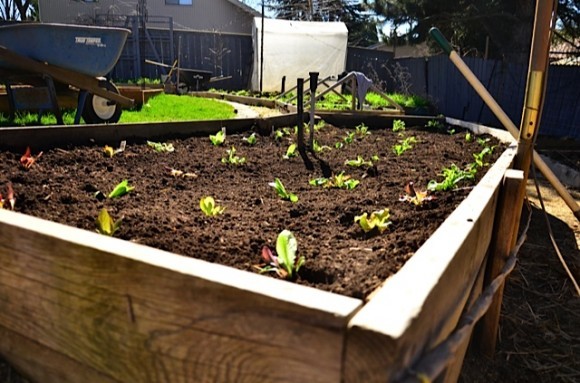
It’s good to grow a good life
As I’m out working the beds with my husband (and it is a work out!), I think about the food we are growing, and then what comes next.
In due season, we’ll have harvest, preparation, dinner invites, and enjoy a simple farm-to-table meal in our backyard.
I love this picture with our friends, a backyard dinner party where we moved the table out by the garden beds!

It sounds so … romantic, in a way. Sometimes it is.:)
Especially when you capture the beds at dusk!
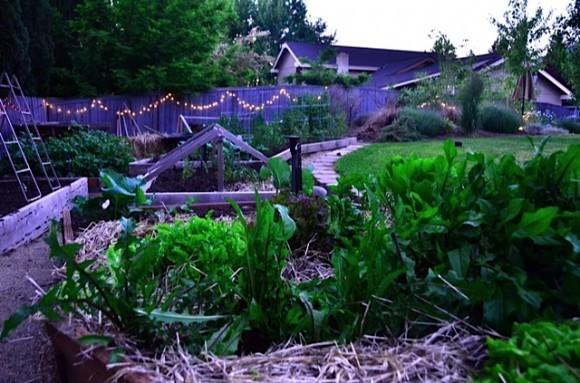
What we’ve recently planted
A few weeks ago we planted potatoes, moved the rows of raspberries, planted lettuce (Buttercrunch and a few other varieties), Brussels Sprouts, Red Russian Kale, Cilantro (Santo), and Sprouting Broccoli (Apollo). Remember my Superfood Salad Mix? We’ll soon be making our own!
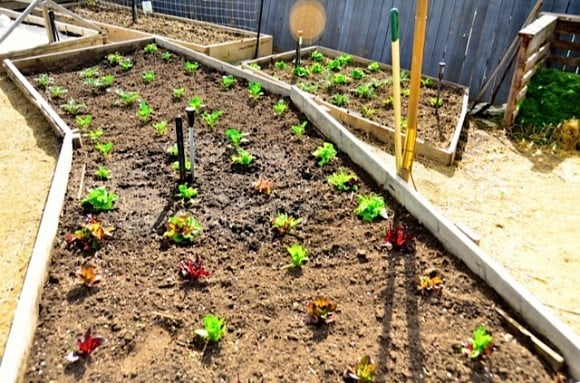
Like I said, living in southern Oregon, our gardening zone is Zone 7B.
Because of Medford’s drier climate, it is prone to more severe cold snaps, usually getting below 20 degrees every winter, and most winters contain several weeks where the lows are in the 20s, which is normal from November through April.
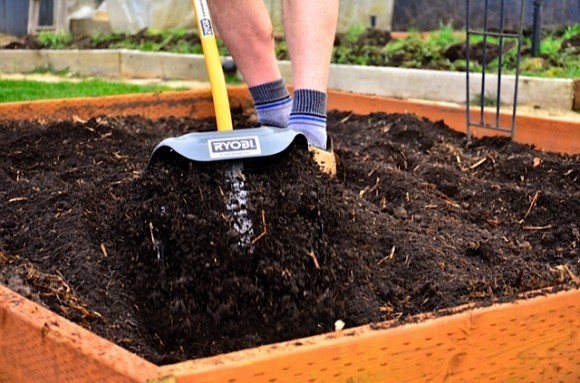
Our newest gardening tool/attachment to help with soil
Because we’ve added new beds this year, we branched out and bought the Ryobi ZR15521 Expand-it Tiller Attachment to help with the process.
Wow. What a difference! Our new Ryobi is actually designed to break up soil that has already been worked, not hard soil. So in a way, it’s more of a cultivator.
Here in Medford we don’t have the best soil to grow vegetables in, so we’ve embarked on years of amending the soil in our yard. The Ryobi is a quick and effective way to do that and has shaved hours off of the time we’ve previously spent in the garden. The cost is around $80, but what a great investment.

What we like is that it creates a more pillow-y soil. Pillow-y soil is important because when it comes time to plant, you don’t even need any tools. Your hands become the tool because the soil is so soft and easy to work with.
It also makes for more attractive and enjoyable gardening.
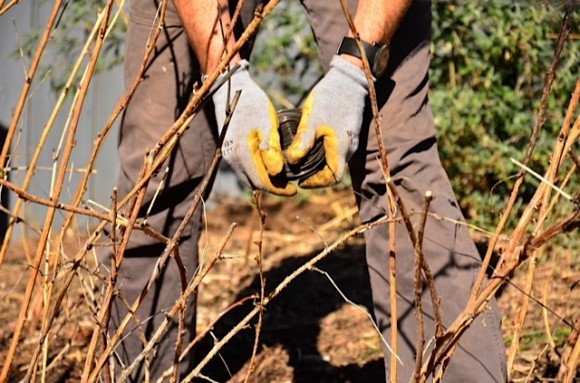
The scoop on raspberries
This year we tried something different with our raspberries. We created rows of them instead of brambles.
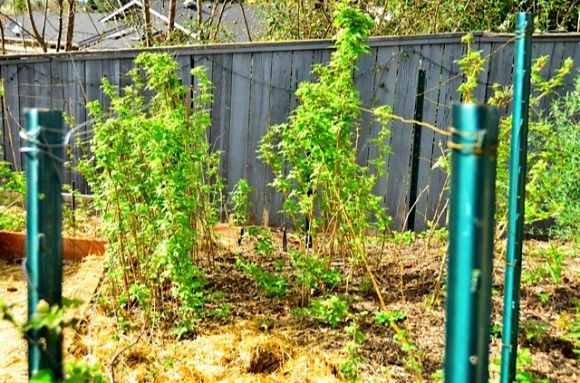
If you want to grow a berry, start with raspberries. Short of creating an easy support structure, they are so easy to grow. They don’t get dirty, they’re off the ground, easy, SO flavorful. The ones that grow outside the row, we dig up and move by a fence line.
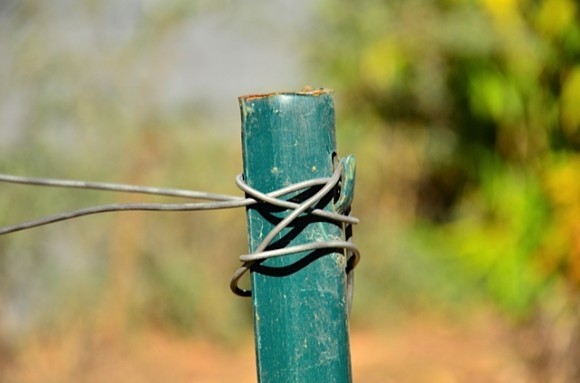
Add wire like we did, here.
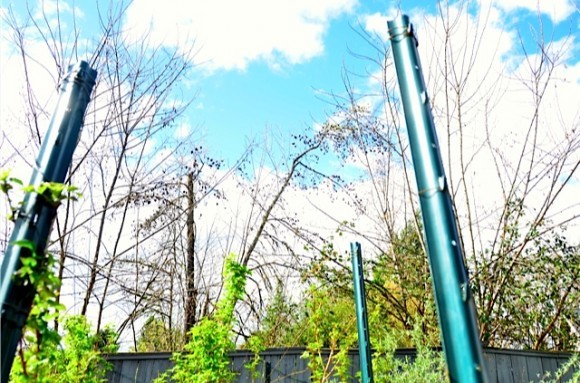
Raspberries need a decent amount of sunshine, and they don’t require any special care or soil.
They need dirt, water, sun.
Sort of like a car needs gas, spark, air. (These are also raspberry plants climbing the fence out by the strawberry beds. More on these in another post.)
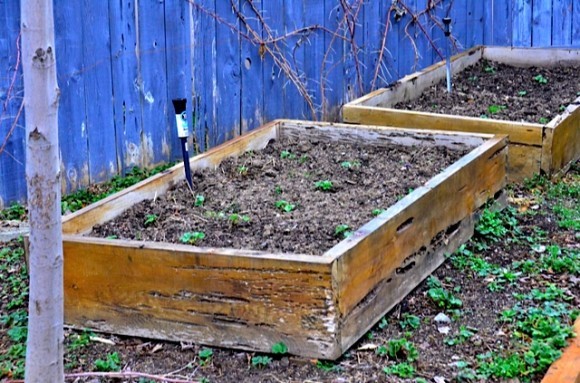
The scoop on strawberries
This year we built 2 beds on top of our strawberry patch. We wanted dimension to make the picking easier. Back in late February we planted the ever-bearing roots, and replanted “new” plugs., last year. I wrote a post about how to Add More Strawberry Roots to an Existing Bed, if you want to learn more about it.
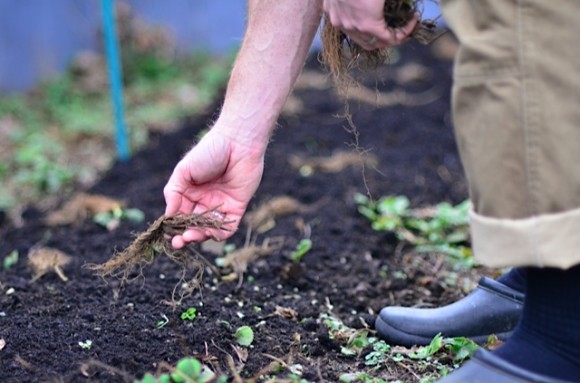
Now we get to sit back and watch everything grow!
We welcome the southern Oregon rain. And of course we love the sunny days, too!
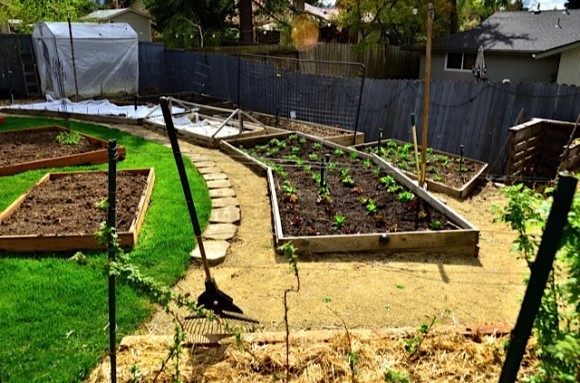
Do you know what zone your soil is? What early-Spring jobs/gardening have you been doing in your yard?
I’ve not been paid to review any brands or items in this post. As always, all opinions are my own.

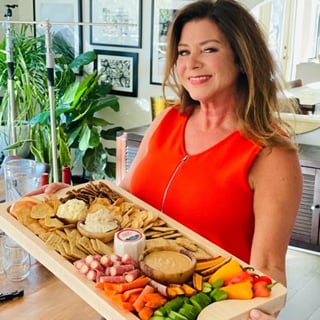


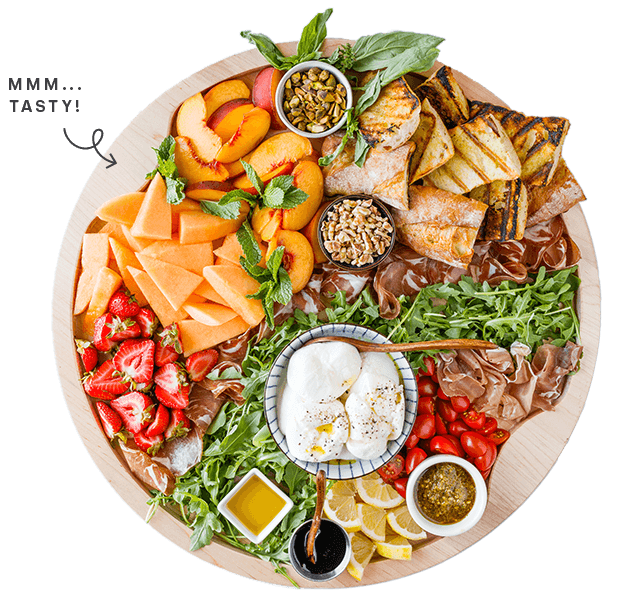
Pingback: Every Day Should be Earth Day | Reluctant Entertainer
High fives on the gardening, can’t wait to see the progress! We plant on the rooftop of our building here in NYC in both raised boxes and containers. Containers are a great way for people to start for a low amount of money, even for free for a container if you can find them in the trash (often the case here in NYC you will walk by containers waiting for the trash man). Good luck, happy gardening!
I really love gardening and I will be on the lookout for that tiller!
You are amazing, Sandy! This looks fabulous; I wish we lived closer. xoxo Happy Spring!
You are one gardening inspiration, Sandy. I love seeing how your back yard has been transformed over the years, and all the beautiful produce that comes from it.
So jealous of your huge backyard. Our house is set way back, so our front yard is bigger. We just planted a small area in the back, hoping to plant more next year!